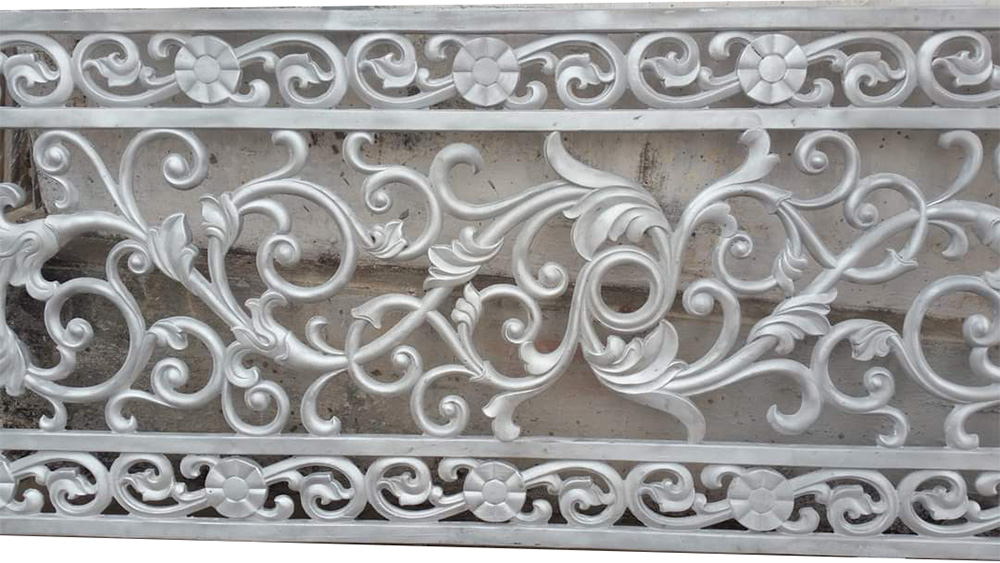Optional Finishes For Casting Aluminium Parts
Casting aluminum parts can be finished in various ways to enhance their appearance, protect the surface, or provide specific functional properties.

Here are some optional finishes commonly used for casting aluminum parts:
- Machining and Polishing: Machining can be performed on cast aluminum parts to achieve precise dimensions, smooth surfaces, and tight tolerances.
- Painting: Painting is a common finishing technique for cast aluminum parts. It provides an opportunity to customize the color, improve aesthetics, and protect the part from corrosion. The aluminum surface is typically cleaned, primed, and coated with paint using techniques like spray painting or powder coating.
- Anodizing: Anodizing is an electrochemical process that helps to create a protective layer of oxide on the upper surface of aluminum. It offers increased corrosion resistance, improved hardness, and the ability to dye aluminum in various colors. Anodized aluminum parts also have an attractive, smooth, and durable finish.
- Powder Coating: A powdered coating substance is electrostatically applied to the cast aluminum item during powder coating, a dry finishing technique, and is then heated to cure. As a result, the finish is durable and attractive and offers resistance to UV radiation, chemicals, and abrasion. Wide color selections and textured or metallic finishes are both possible with powder coating.
- Brushed or Satin Finish: Brushing or satin finishing involves creating a pattern of fine parallel lines on the aluminum surface. This finish provides a visually appealing, textured appearance while retaining the natural metallic look of aluminum.
- Bead Blasting: Bead blasting involves propelling fine beads or particles against the surface of the cast aluminum part using compressed air. This process helps remove imperfections, smooth rough surfaces, and create a uniform matte finish. Bead blasting is commonly used for aesthetic purposes or as a preparation step before applying other finishes.
- Clear Coating: Clear coating involves applying a transparent protective coating to the cast aluminum surface. It helps to provide a protective layer on aluminum from oxidation and corrosion.
Why Choosing The Right Aluminium Casting Process For Cast Aluminum?


